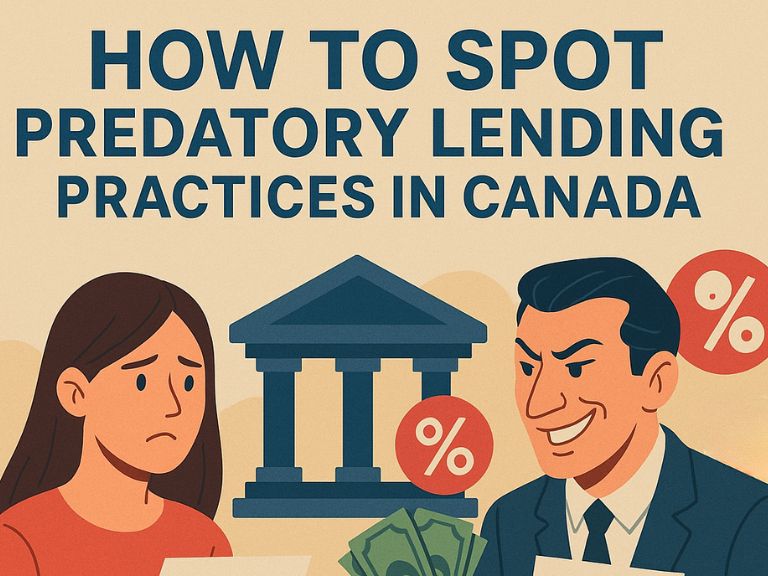Understanding Bankruptcy and Insolvency in Canada - Options and Alternatives
In Canada, individuals facing financial struggles have options like personal bankruptcy, consumer proposals, and alternatives such as debt consolidation, debt settlement, and credit counseling, each with its own pros and cons. Understanding these choices can provide relief and help regain control over finances.
If you're facing financial struggles, the terms bankruptcy and insolvency are likely to come up. While these can seem overwhelming, knowing your options can help you make informed decisions and feel more in control. In Canada, the Bankruptcy and Insolvency Act (BIA) provides a legal framework to help individuals and businesses recover financially. This post will break down the two main types of bankruptcies, alternatives to bankruptcy, and the pros and cons of filing for bankruptcy in Canada.
The Two Main Types of Bankruptcy in Canada
Personal Bankruptcy
Personal bankruptcy is an option for individuals who can’t pay their debts because they owe more than they own. This process usually involves selling off assets to pay creditors. For most people, filing for personal bankruptcy is a last resort after considering other options.
Consumer Proposal
A consumer proposal is a way to avoid full bankruptcy. It allows you to offer your creditors a plan to pay a portion of your debt over time (usually through fixed monthly payments). It’s a good option for people who can pay for part of what they owe, but not the full amount. This option avoids the asset-selling process that comes with personal bankruptcy.
Alternatives to Bankruptcy
Bankruptcy isn’t your only choice. There are other ways to address financial troubles without filing for bankruptcy:
Debt Consolidation
Debt consolidation means combining multiple debts into a single loan with a lower interest rate, making your monthly payments easier to manage. However, this option typically requires a good credit score and steady income.
Debt Settlement
Debt settlement involves negotiating with creditors to reduce the amount of debt you owe, sometimes paying less than the full amount. While this can help reduce your debt, it can negatively affect your credit score, and there’s no guarantee it will work.
Credit Counseling
Credit counseling can help you manage your debts with budgeting advice and financial education. Counselors may also assist with negotiating better terms with creditors, giving you a chance to regain control over your finances before considering bankruptcy.
Pros and Cons of Filing for Bankruptcy in Canada
Pros:
Immediate Debt Relief – Bankruptcy stops creditors from contacting you and allows you to focus on rebuilding your finances.
Elimination of Unsecured Debts – Most unsecured debts, like credit card balances, can be completely wiped out.
Fresh Start – Bankruptcy can give you a clean slate and an opportunity to start over financially.
Legal Protection – Bankruptcy offers protection from legal action by creditors.
Cons:
Damage to Your Credit Rating – Bankruptcy can have a significant, long-term impact on your credit score.
Loss of Assets – Depending on your situation, you may lose some of your property in the bankruptcy process.
Stigma and Emotional Impact – There can be emotional and social stigma attached to declaring bankruptcy.
Limited Access to Future Credit – It may be harder to get credit after filing for bankruptcy, and any credit you do get may come with higher interest rates.
Conclusion
Facing financial challenges can be overwhelming, but it’s important to understand all your options. Whether you decide to file for bankruptcy, consider a consumer proposal, or delve into alternatives like debt consolidation or credit counseling, each option comes with its own benefits and drawbacks. It is important to take the time to assess your situation and choose the best path for your financial recovery.




.png)
